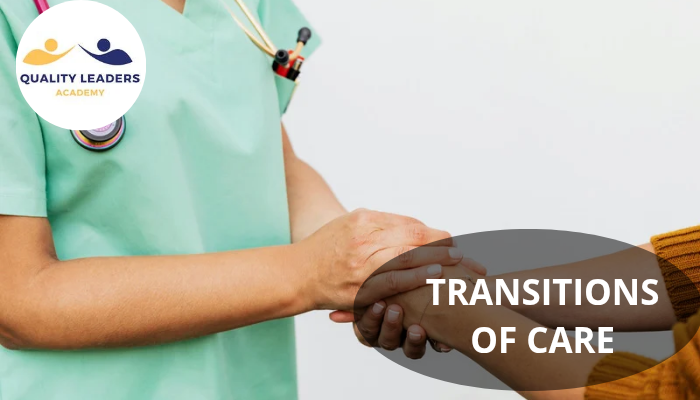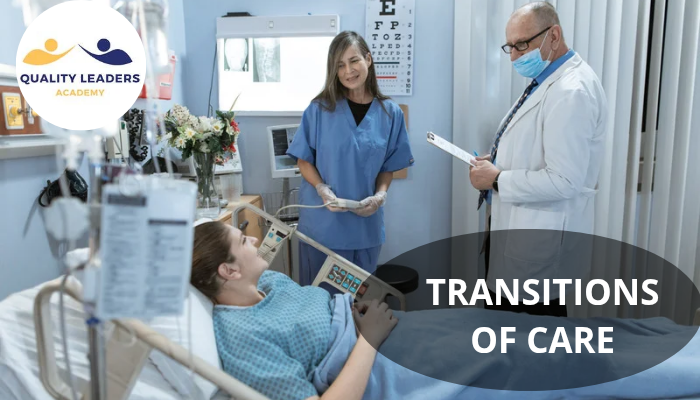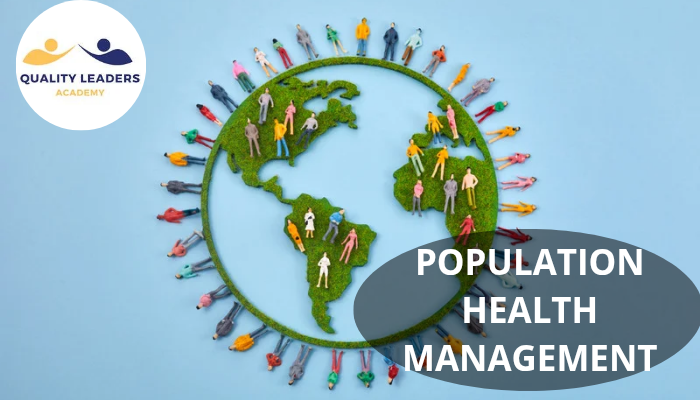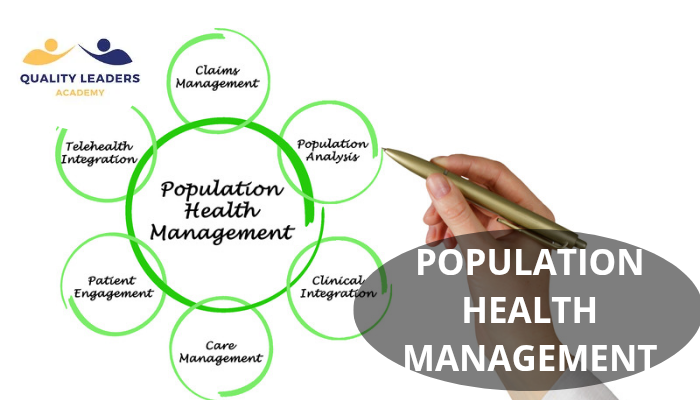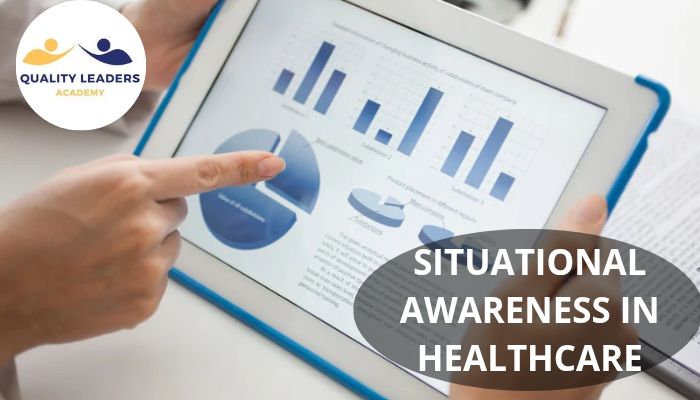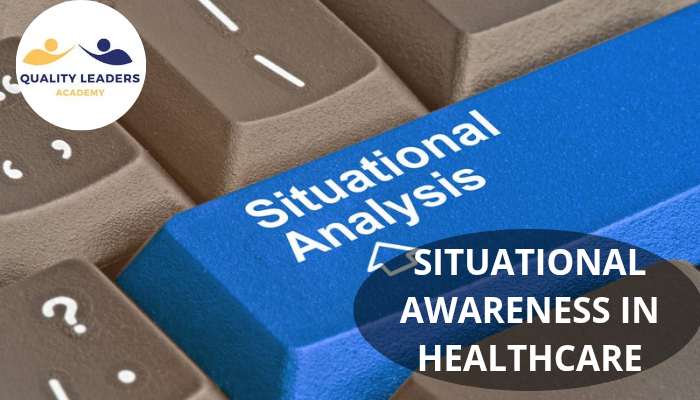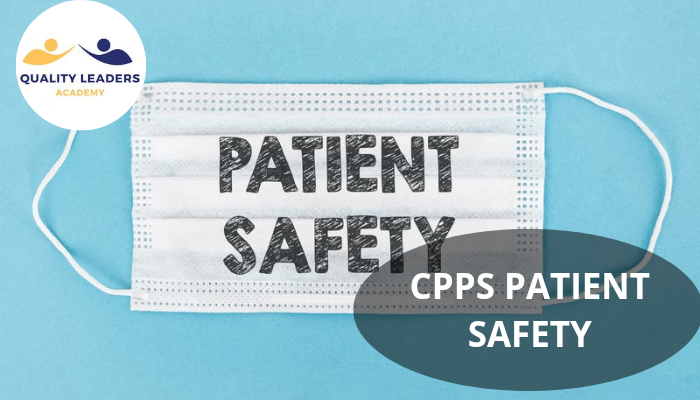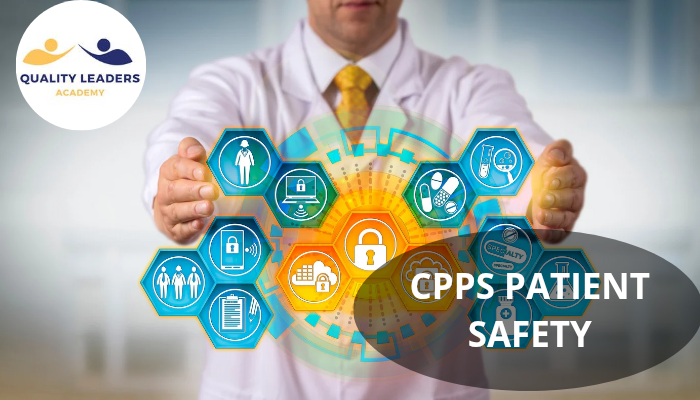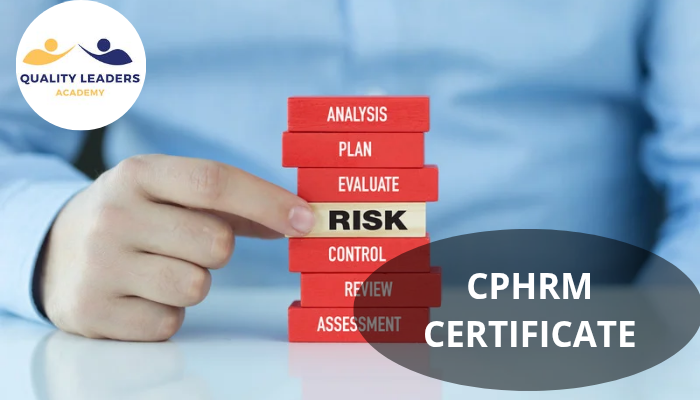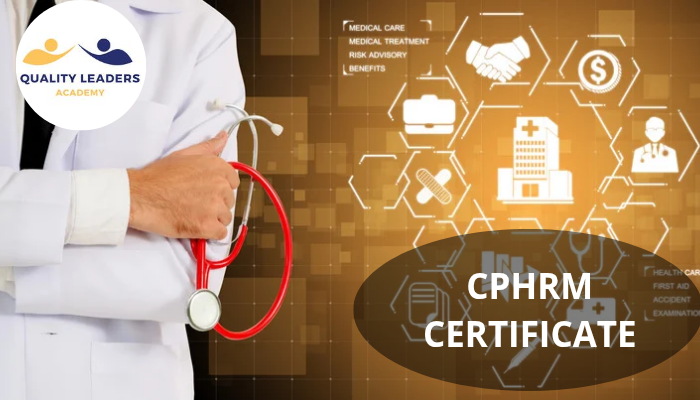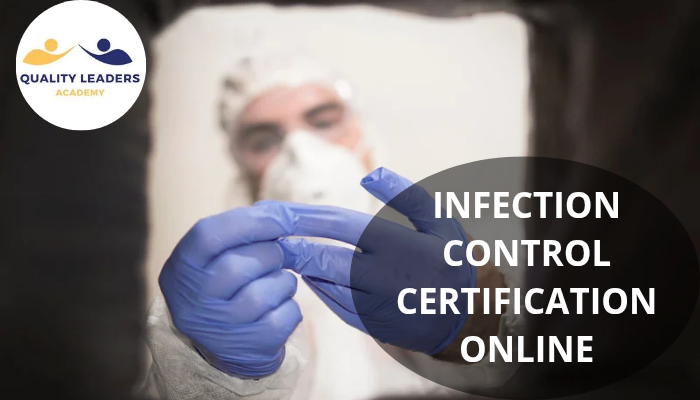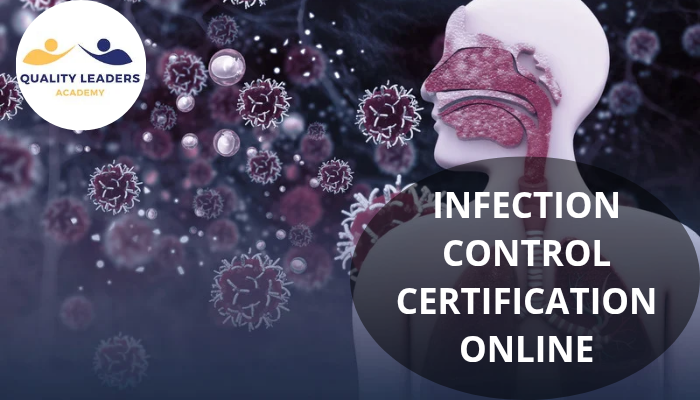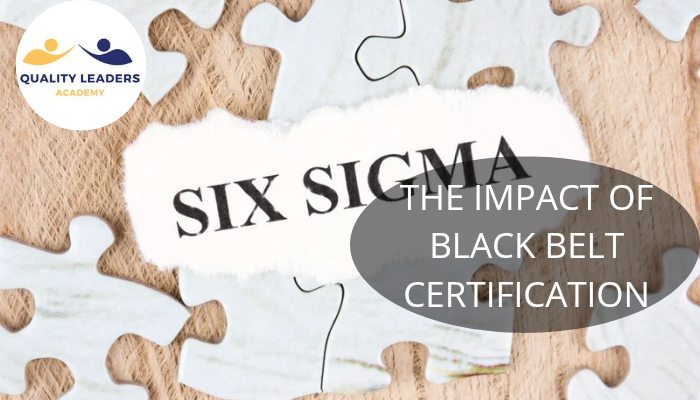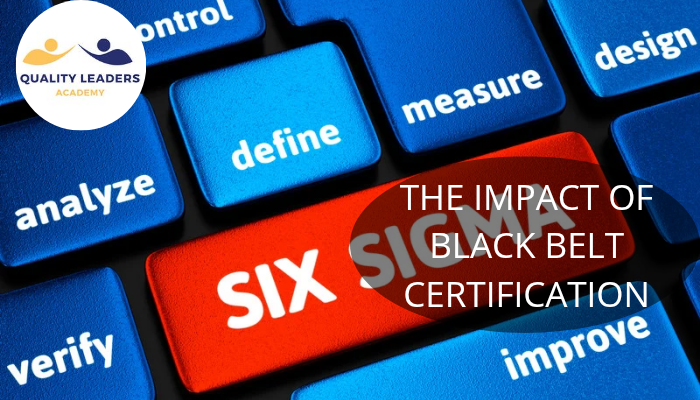
SECOND VICTIM IN HEALTHCARE: UNDERSTANDING THE HIDDEN TRAUMA OF MEDICAL ERRORS
In the demanding world of healthcare, clinicians are often seen as resilient pillars who carry the responsibility of life and death decisions. However, behind this strong facade lies a lesser-known emotional toll faced by many, the second victim phenomenon. At Quality Leaders Academy, we emphasize the importance of patient safety and healthcare provider well-being. This article explores the concept of the second victim in healthcare, its implications, and the strategies that can foster a supportive work culture.
WHAT IS THE SECOND VICTIM PHENOMENON?

The term “second victim” was introduced by Dr. Albert Wu in 2000 to refer to healthcare professionals who suffer emotional distress following their involvement in an adverse patient outcome.
While the first victim is the patient, the second victim is the healthcare worker who may feel guilt, fear, shame, or helplessness following the incident, even if the event was unavoidable.
According to the U.S. National Library of Medicine (StatPearls, 2023), second victim symptoms can occur after any distressing patient care event, such as unexpected deaths, near misses, or medical errors. The emotional burden can impact a provider's mental health, performance, and long-term career satisfaction.
PREVALENCE AND RISK FACTORS
Research indicates that nearly half of healthcare professionals encounter symptoms associated with the second victim experience at some point in their careers. This is especially common in high-stress environments like emergency departments, intensive care units, or surgical teams. For instance, research found that:
- 27% of emergency nurses.
- 25% of emergency physicians.
- 22% of ICU nurses.
report severe psychological distress following critical incidents.
Factors that increase vulnerability include:
- Lack of institutional support after an incident.
- Repeated exposure to traumatic cases.
- Perceived personal responsibility for a patient’s harm.
- A culture of blame rather than learning.
Second victim responses are not limited to doctors or nurses. Pharmacists, technicians, and other allied health professionals can also suffer silently, often without formal acknowledgment or support.
PSYCHOLOGICAL AND PROFESSIONAL IMPACT
The emotional aftermath of a patient safety event can be severe. Common symptoms include:
- Anxiety and panic attacks.
- Sleep disturbances.
- Loss of confidence.
- Social withdrawal.
- Depression or suicidal thoughts.
These symptoms may develop immediately or take weeks to appear. In some cases, they persist for months, leading to burnout or even post-traumatic stress disorder (PTSD). Beyond personal suffering, second victim trauma can reduce concentration, increase medical errors, and lead to absenteeism or early resignation.
Understanding and addressing these symptoms is vital for individual well-being, patient safety, and institutional effectiveness.
THE SIX STAGES OF SECOND VICTIM RECOVERY
According to Scott et al., the recovery journey of a second victim typically follows six emotional stages:
- Chaos and Response: Immediate focus is on patient stabilization.
- Intrusive Reflections: Replay of the event, self-doubt, and fear of judgment.
- Seeking Support: Turning to peers or mentors, though many avoid discussing it due to stigma.
- Enduring the Inquisition: Facing internal investigations or legal reviews, often intensifying stress.
- Obtaining Emotional First Aid: Some find validation and reassurance from supportive colleagues or psychological support.
- Moving On: Individuals may recover, remain wounded, or leave the profession altogether.
Not all healthcare professionals move through these stages linearly or completely. Without proper support, many get stuck in the distressing phases.
THE ROLE OF ORGANIZATIONS AND LEADERSHIP
Healthcare organizations play a critical role in either aggravating or alleviating second victim trauma. Unfortunately, many environments still foster a blame culture, where providers fear disciplinary action or reputational damage more than seeking emotional help.
To combat this, healthcare institutions should:
1. Implement Peer Support Programs
Programs like the RISE (Resilience In Stressful Events) model at Johns Hopkins offer peer-to-peer emotional support after adverse events. Peer responders, trained healthcare professionals, can empathize, listen, and offer validation.
2. Foster a Culture of Psychological Safety
When team members feel safe discussing mistakes without fear of punishment, learning replaces blame. This encourages incident reporting, improvement, and emotional healing.
3. Educate Leaders About Second Victim Syndrome
Department heads and senior managers should be trained to recognize signs of distress and direct staff to appropriate resources. Their acknowledgment and empathy can significantly reduce emotional fallout.
4. Offer Confidential Counseling Services
Providing easily accessible and confidential mental health resources helps reduce stigma and promotes timely support and intervention.
PRACTICAL STRATEGIES FOR HEALTHCARE WORKERS

While system-level changes are crucial, individual strategies also help mitigate second victim distress:
- Debriefing: Participate in structured debriefs after critical incidents.
- Mindfulness and Stress Reduction: Techniques like meditation, deep breathing, or journaling can ease anxiety.
- Peer Conversations: Sharing with trusted colleagues often brings relief and perspective.
- Professional Help: Seeking therapy should be normalized, not stigmatized, in healthcare.
N.B.: It is human to feel affected; acknowledging your emotions is a strength, not a weakness.
WHY IT MATTERS FOR PATIENT SAFETY
The emotional well-being of healthcare providers directly affects the safety and quality of care. A stressed or disengaged professional is more likely to make errors, disengage from patients, or leave the workforce. By supporting second victims, organizations protect individuals and ensure sustained, high-quality patient care.
Quality Leaders Academy and Second Victim Awareness
At Quality Leaders Academy, we are committed to transforming healthcare systems through education, training, and leadership. We believe that ensuring patient safety is impossible without first safeguarding the well-being of caregivers. Our CPPS courses emphasize a culture of safety, systems thinking, and human factors, core components that directly relate to the support of healthcare professionals affected by adverse events, often referred to as 'second victims'.
Through evidence-based instruction and internationally recognized patient safety frameworks, we equip healthcare leaders and professionals with the knowledge and tools to recognize, respond to, and prevent harm, ensuring both patients and caregivers are protected, supported, and empowered to perform at their best.
The second victim in healthcare phenomenon is a sobering reality in modern healthcare. While the focus has long been on the patient, the first victim, it's time to widen the lens and acknowledge the emotional aftermath faced by healthcare workers. By fostering a culture of empathy, transparency, and support, healthcare organizations can ensure not only patient safety but also the sustainability and well-being of their most valuable asset: their people.
Read also:
Resources:
https://www.ncbi.nlm.nih.gov/books/NBK572094/
https://academic.oup.com/intqhc/article-abstract/36/3/0/7754322?redirectedFrom=fulltext
https://www.researchgate.net/figure/The-6-stages-of-recovery-from-the-second-victim-phenomenon-Adapted-from-Scott-et-al_fig2_381782152
https://mdujournal.themdu.com/issue-archive/spring-2019/second-victim-support



